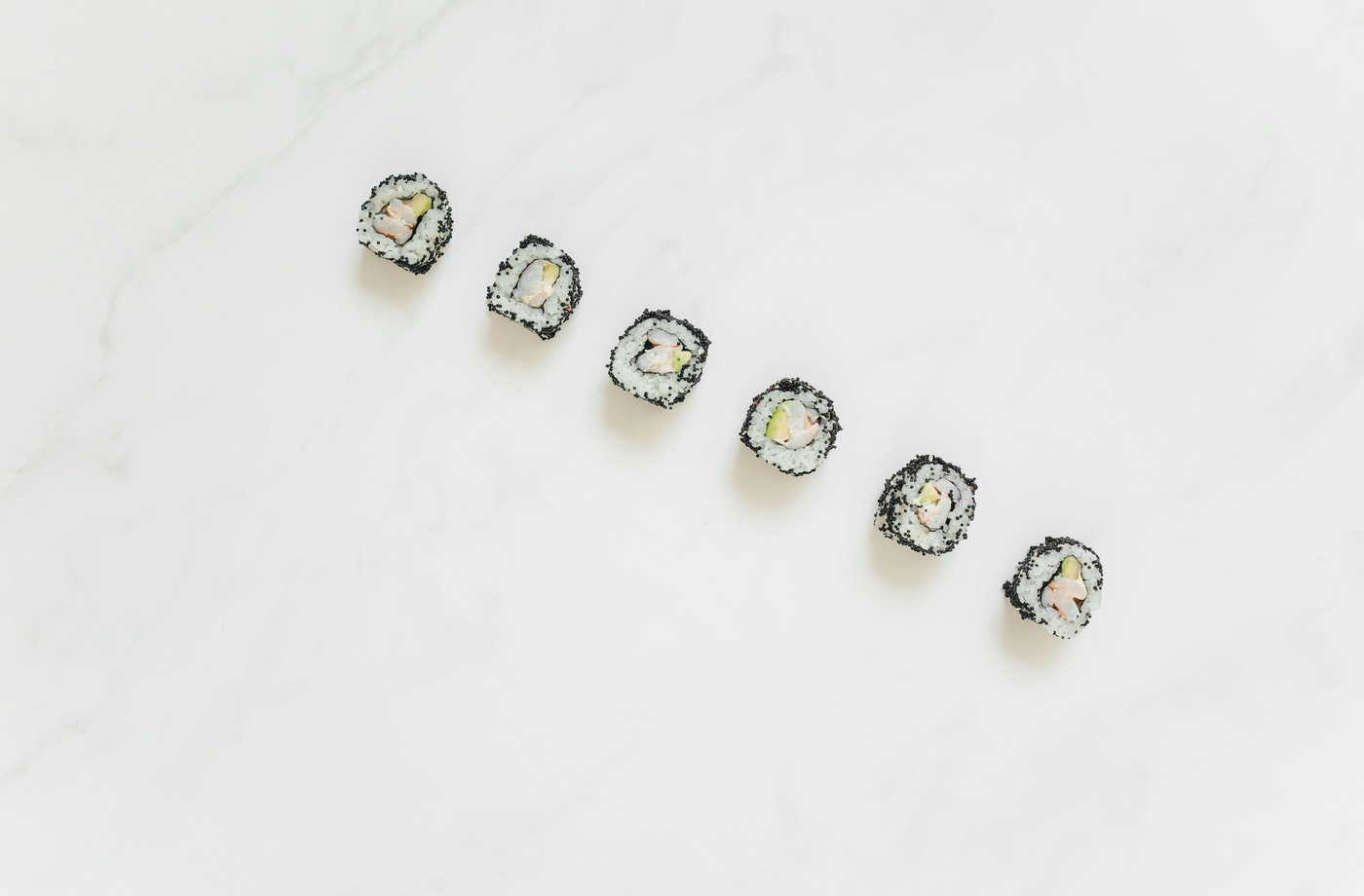Minimalism in dining is more than an aesthetic—it’s a sensory strategy. When distractions are stripped away, flavor stands in sharper relief. The absence of visual clutter, noise, and excessive ornamentation allows diners to concentrate fully on the food, the textures, and the pacing of each bite. This is why many of the world’s most revered restaurants—from Tokyo to New York—embrace minimalism as an extension of their culinary philosophy.
According to design authority Dezeen, minimalist interiors emphasize materials, natural light, and spatial clarity. In restaurants, this translates to bare wood counters, clean lines, and an absence of unnecessary décor. The result is not only calming but also deeply intentional. When visual noise is reduced, taste perception sharpens. Studies have even shown that lighting, sound, and color influence how food is experienced, affecting everything from sweetness to saltiness.
Tokyo has long been a champion of this approach. At Sukiyabashi Jiro, the counter is the only stage. There are no elaborate centerpieces, just the chef, the food, and a meticulously quiet room. Similarly, Kyoto’s Kichisen, tucked beside a Shinto shrine, uses subdued lighting and natural wood to honor its kaiseki roots—amplifying the visual and aromatic beauty of seasonal ingredients.
In New York, minimalist sanctuaries like Atomix carry this tradition forward. With a sleek, subterranean dining room and a counter that doubles as a stage for storytelling, Atomix uses design to underscore the nuance of Korean-inspired tasting menus. The Infatuation praises its use of monochrome space as part of the experience—each dish becoming a focal point in the visual quiet.
Minimalism also supports a mindful pace. Without the buzz of crowded tables or overdesigned environments, diners often feel more relaxed and attentive. They chew more slowly, notice subtler flavors, and experience deeper satisfaction with fewer distractions. This design philosophy is especially powerful in multi-course or omakase-style formats, where the intention is to engage all the senses deliberately.
Ultimately, minimalist dining spaces aren’t about sparseness—they’re about clarity. By reducing environmental interference, they magnify the essential: the food, the craft, and the moment.



